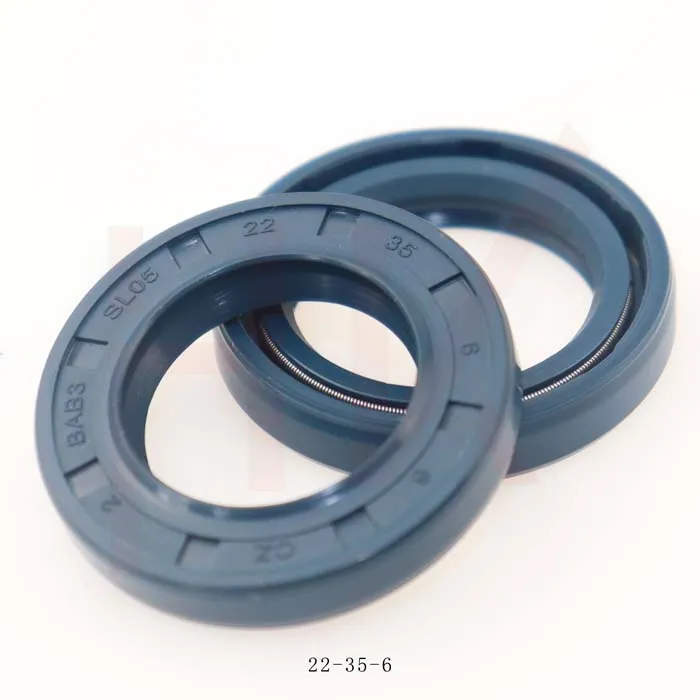अक्टूबर . 11, 2024 11:45 Back to list
dust seal vs oil seal
Dust Seal vs Oil Seal Understanding the Differences and Applications
When it comes to sealing solutions in various machinery and equipment, two common types stand out dust seals and oil seals. While they may seem similar in purpose—both are designed to prevent the intrusion of unwanted substances—they serve different functions and are utilized in distinct applications.
Dust Seals Functionality and Purpose
Dust seals are primarily designed to block dust, dirt, and other particulate matter from entering a mechanism. They are commonly used in environments where exposure to debris is a concern, such as in outdoor machinery, automotive applications, and equipment operating in rough terrains. Typically made from elastomeric materials, dust seals are engineered to provide a barrier against contaminants while allowing for some movement. Their effectiveness is crucial in maintaining equipment longevity, as ingress of dirt can lead to increased wear and tear on mechanical parts.
The design of a dust seal often includes a lip that makes contact with a shaft or surface, creating a tight fit that minimizes the chances of particles penetrating the seal. Additionally, dust seals can withstand varying temperatures and operating conditions, making them versatile for different applications. However, it is important to note that dust seals are not intended for fluid containment.
Oil Seals Ensuring Fluid Retention
dust seal vs oil seal

In contrast, oil seals—sometimes referred to as grease seals—are specifically designed to retain lubrication fluids, such as oil or grease, within a system while preventing external contaminants from entering. This is crucial in ensuring that the moving parts of machinery remain adequately lubricated, thereby reducing friction and preventing premature wear. Oil seals are usually made from materials that can withstand exposure to oils and various chemicals, like rubber or thermoplastics.
The construction of oil seals typically features a flexible lip that creates a seal against rotating shafts. This design prevents any leakage of lubrication fluid while simultaneously resisting the ingress of dust or dirt. Oil seals are prevalent in automotive engines, gearboxes, and hydraulic systems, where fluid containment is vital for operational efficiency and safety.
Comparison and Considerations
When choosing between dust seals and oil seals, it is crucial to consider the specific requirements of the application. If the primary concern is the prevention of contamination from dirt and particulate matter, a dust seal will be adequate. However, for applications that involve liquids and require fluid retention, an oil seal is essential.
In summary, while both dust seals and oil seals serve protective roles in machinery, their specific functions address different needs. Understanding these distinctions can lead to better equipment performance and longevity, ensuring that the right seal is used for the right application. Proper sealing mechanisms contribute significantly to operational efficiency, making them a key consideration in design and maintenance strategies.
-
TCN Oil Seal Metal Ring Reinforcement for Heavy Machinery
NewsJul.25,2025
-
Rotary Lip Seal Spring-Loaded Design for High-Speed Applications
NewsJul.25,2025
-
Hydraulic Cylinder Seals Polyurethane Material for High-Impact Jobs
NewsJul.25,2025
-
High Pressure Oil Seal Polyurethane Coating Wear Resistance
NewsJul.25,2025
-
Dust Proof Seal Double Lip Design for Construction Equipment
NewsJul.25,2025
-
Hub Seal Polyurethane Wear Resistance in Agricultural Vehicles
NewsJul.25,2025
-
The Trans-formative Journey of Wheel Hub Oil Seals
NewsJun.06,2025
Products categories
















